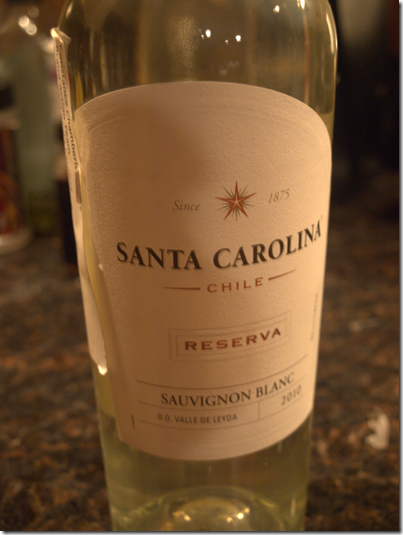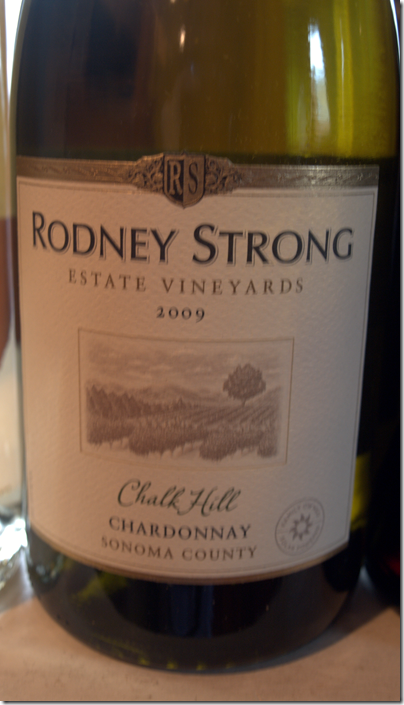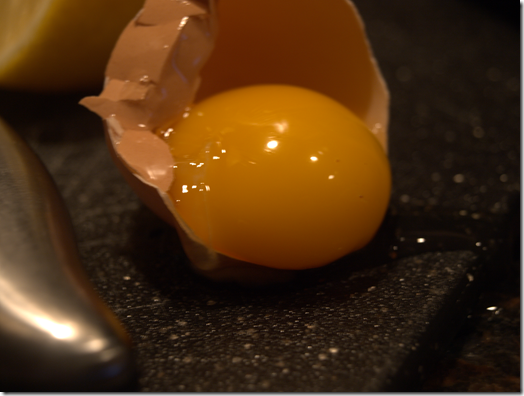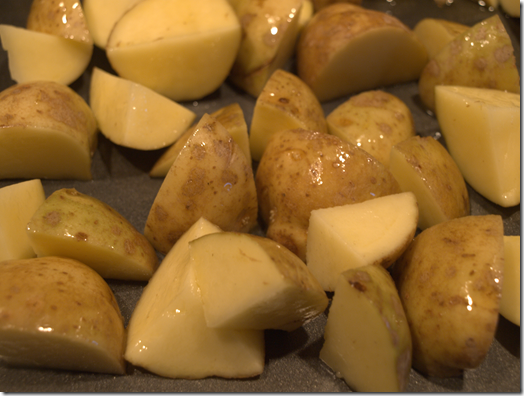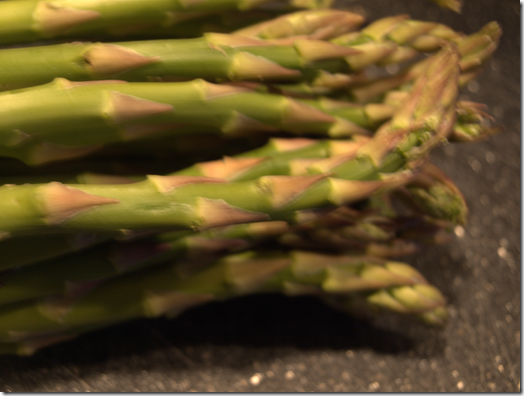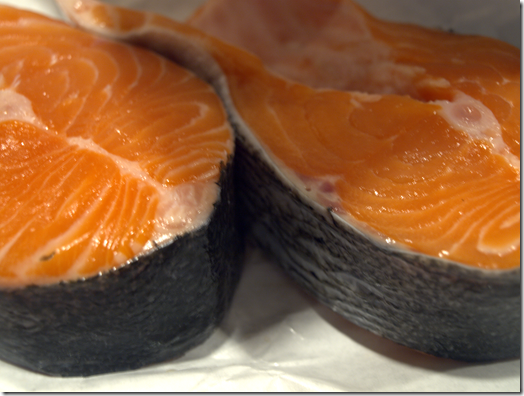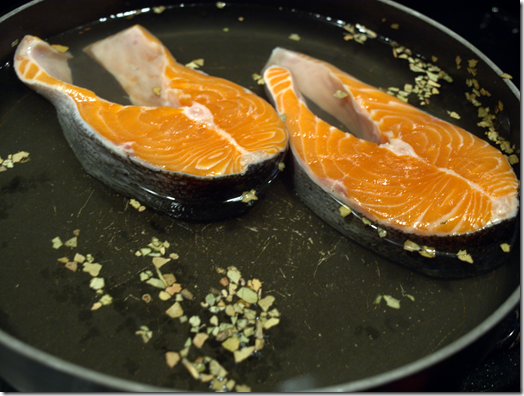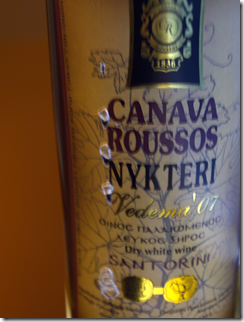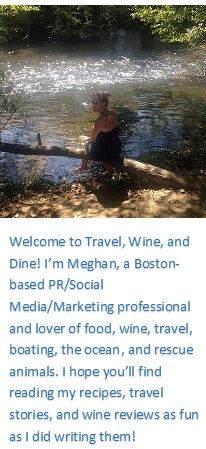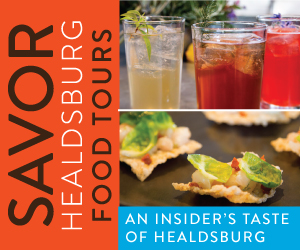I know, I know, you are probably sick of blog posts on wine for your Memorial Day weekend, but I wrote one anyway because I learned at Eat, Write, Retreat to write what I want. ![]()
So I have already written my rosé recommendations and always welcome yours, and since today is shaping up to be quite summery, I thought, why not share three white wines I will be drinking this summer.
Santa Carolina Sauvignon Blanc
I received this wine as a sample and fell in love the instant I opened it. This incredibly reasonable wine from Chile (around $12.99!) is summer in your mouth with bright citrusy flavors, a slight grassy nose, and lots of mouthwatering acidity. It would be great with grilled scallops or even with some grilled chicken and definitely with any sort of salad. Bring on the sun!
One of our favorite wineries, Travessia, makes this deliciously peachy white wine from Massachusetts-grown grapes. It has a little bit of sweetness and is incredible with Indian food and anything with a little bit of spice. Travessia Vidal Blanc can be purchased at a few stores in the Boston area, including The Urban Grape, by mail, and also at the winery.
And here’s a recipe to go with it
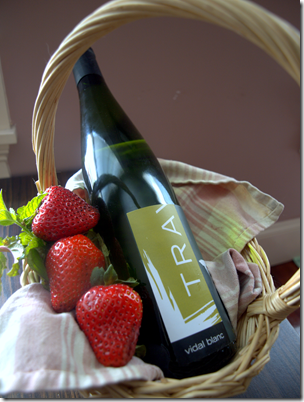
Rodney Strong Chalk Hill Chardonnay
We have long been fans of Rodney Strong wine, and I think that even Chardonnay skeptics might love this Chardonnay. The grapes are grown in chalky soils (hence the name, Chalk Hill), giving the wine mineral flavors along with lots of fruit and just a teensy bit of oaky flavors that resemble actual toast than oak to me. This is NOT a big buttery, oaky Chardonnay (which is referred to as Cougar Juice, did you know that? ![]() )
)
Will you be sippin’ on wine or beer today at a fun event? Whatever you do, enjoy the day!

